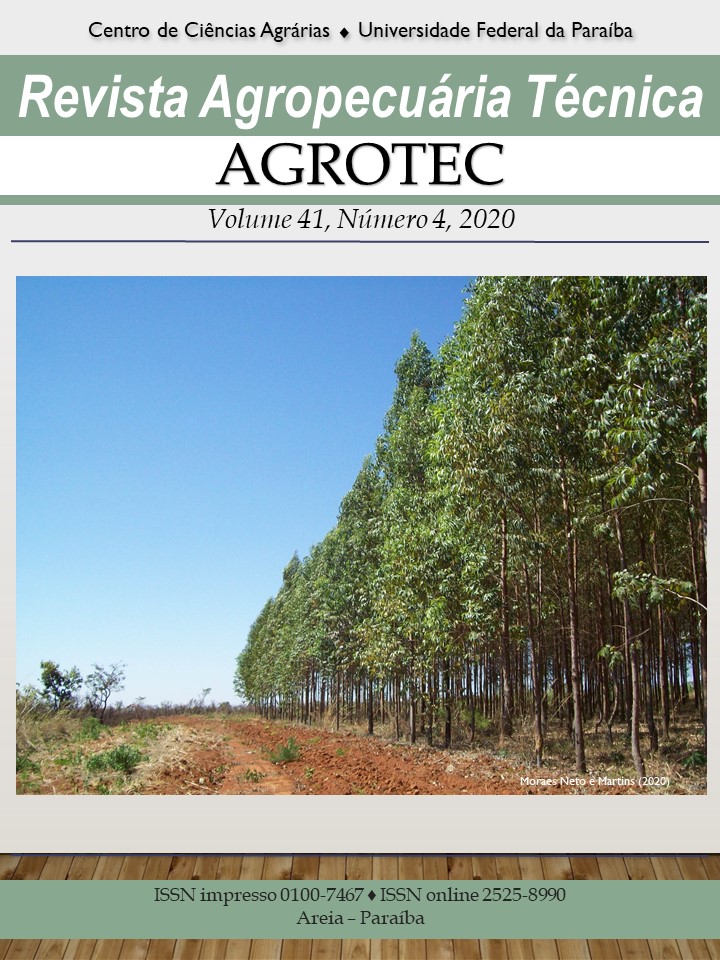Growth and productivity of crambe in response to liming and row spacing
DOI:
https://doi.org/10.25066/agrotec.v41i3-4.55010Keywords:
Crambe abyssinica Hochst, Fertility, Soil, LimestoneAbstract
Crambe is a oilseed vegetable species that has the potential to provides raw material for biodiesel. In Brazil, its cultivation is incipient, requiring information related to the management of the culture. Thus, the objective of this work was to evaluate the effect of four spacing between lines (0.15m; 0.30m; 0.45m; and 0.60m) and three liming levels (0 kg ha-1; 1,500 kg ha-1; and 3,000 kg ha-1 of limestone), on the growth and productivity of the crambe culture. The experiment was carried out under field conditions in the IF Goiano experimental agroenergy area, Rio Verde campus. Collections and weighing of aerial parts and roots were carried out 60 days after emergence, in order to monitor plant growth. At the end of the crop cycle, 77 days after emergence, plants from the useful area, comprised of 1 m2, were collected to obtain grain yield, weight of 100 seeds and dry matter of the aerial part produced by area. Of these plants, ten were taken at random to count the number of branches. The results indicated that plants with rows spaced at 0.60m showed greater individual growth than those with rows spaced at 0.15m; however, the 0.15m spacing provides greater aerial part production per area compared to the 0.60m spacing. The application of 1500 kg ha-1 of limestone provides greater individual growth of plants at 60 days after emergence, compared to the application of 3000 kg ha-1 of limestone. Higher grain productivity is achieved with the application of 3000 kg ha-1 of limestone and row spacing of 0.30 m. The quantities of limestone evaluated, however, did not influence the mass of the aerial part produced by area.


